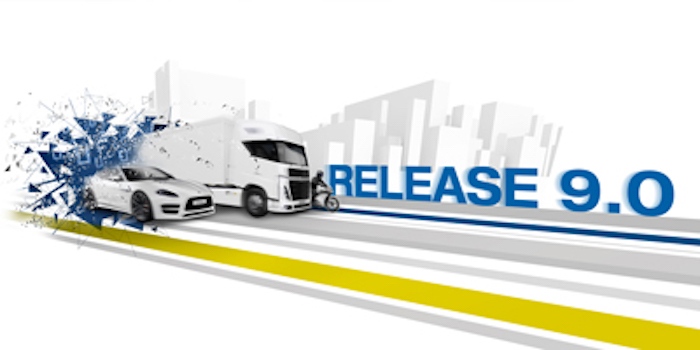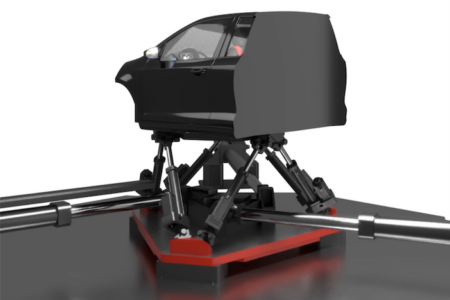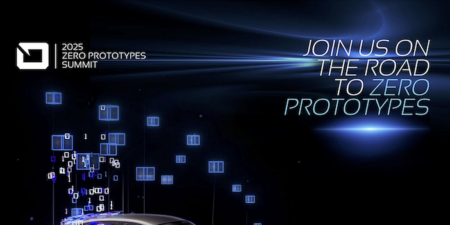IPG Automotive has released version 9.0 of its CarMaker virtual vehicle development software. Updates include cooperative driving with SimNet, new advanced sensor models, and the parallelisation of multiple GPUs, developed in response to the OEMs working to meet the growing demands for digitisation and autonomous driving.
This latest release sees the calculations of Radar RSI switch to physically-based field calculations, so that a wide range of effects can be considered before the raw data is processed in a signal-processing model. Radar RSI was validated in an extensive measurement campaign in cooperation with automotive supplier, Magna Electronics.
For functionality tests, a Camera HiFi Sensor has been added to the software’s range of High Fidelity (HiFi) Sensors. The sensor generates camera-specific object lists of recognised traffic objects, traffic signs and traffic lights, as well as various effects such as occlusion or the influence of rain or fog.
Release 9.0 also introduces an Object by Lane Sensor, which identifies traffic objects on selected, adjacent traffic lanes and provides information about the lanes, as well as about the traffic objects using them. This capability makes the sensor suitable for trajectory planning.
In order to provide easy access to realistic road networks in CarMaker, map data, including road characteristics as lanes, lane markings and speed limits from HERE HD Live Maps, is available to import. The user can choose whether to load a selected section of a road network, or the required roads along a definable route. Road networks created with the Scenario Editor can be exported in ROAD5 format as well as the OpenDRIVE open file format, enabling the user to exchange with other platforms and, once produced, road networks can be reused more often.
Other new features in the Scenario Editor include possibilities for an easy definition of traffic signs and traffic lights, as well as the corresponding functional markings. Varying speed limits can be allocated to different traffic lanes on the road and through traffic lights located on the opposite sides of an intersection, to aid scenario configuration.





